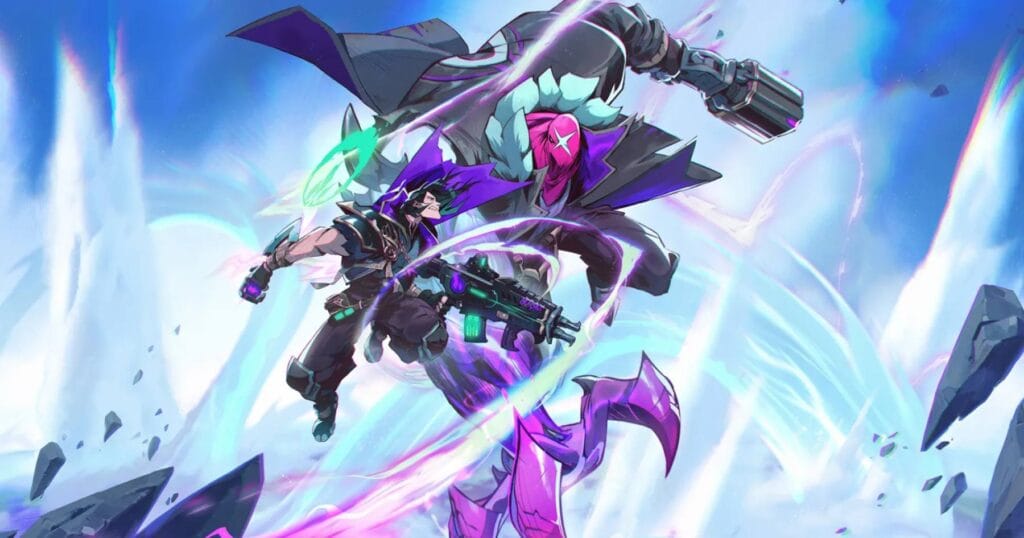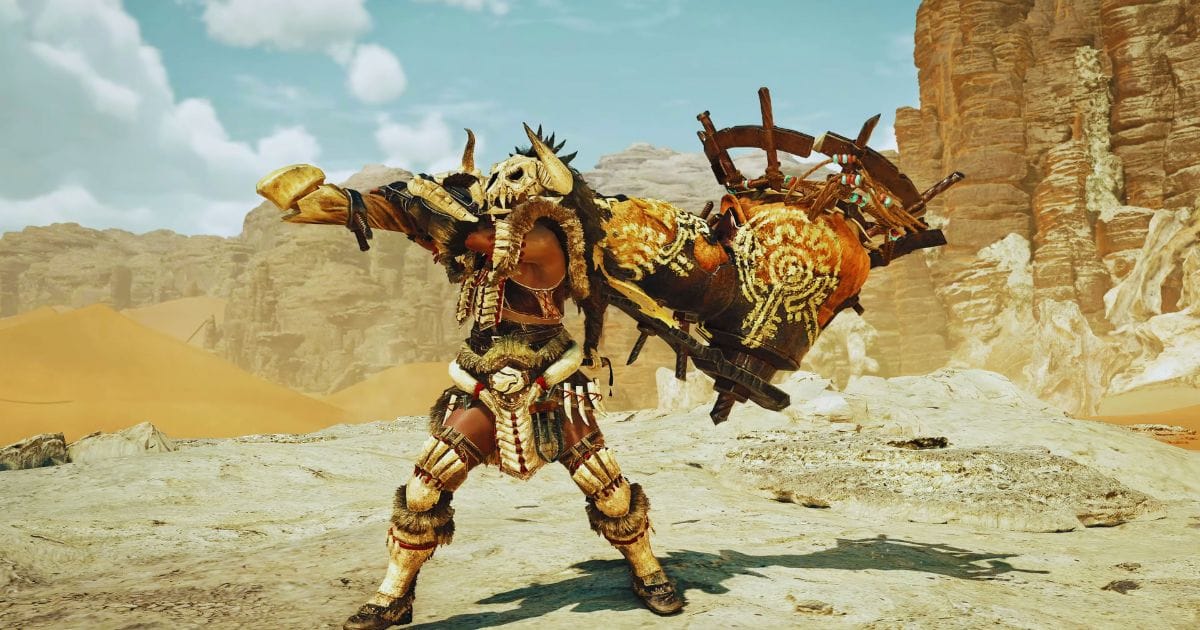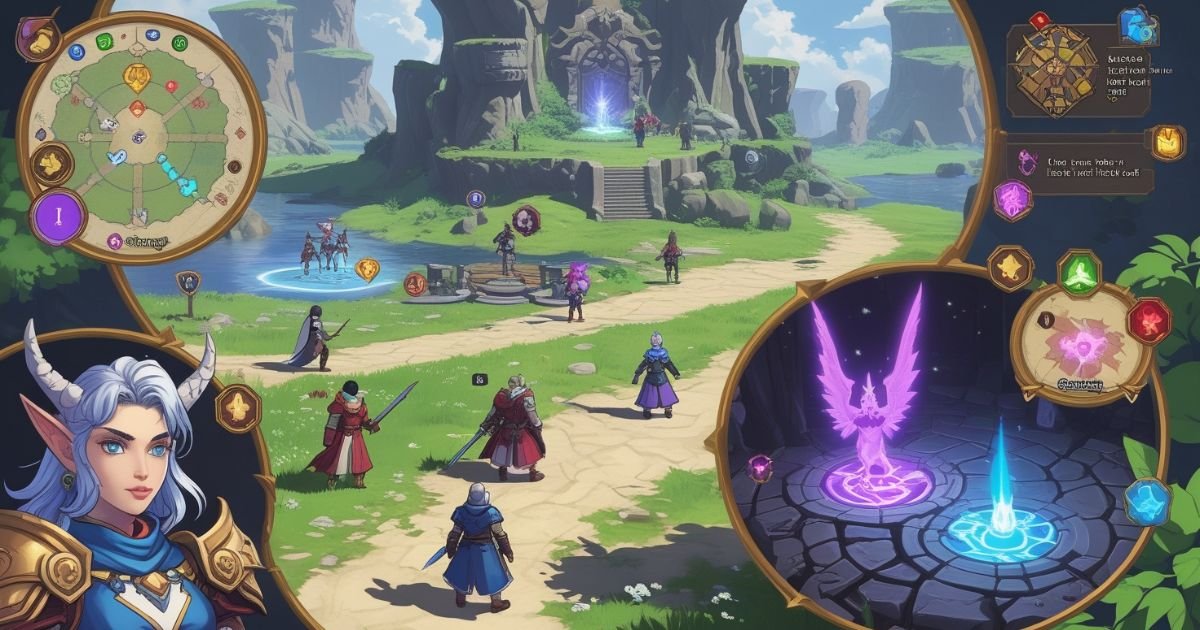Modern gaming and machine learning thrives on strategic choices and accurate predictions for true achievement. Whether it’s navigating through a hero-based battle royale or optimizing a model by machine learning, the two scenarios represent a perfect example of instances requiring skill-crafted decision-making and adaptability. This blog combines knowledge gained from the gaming community with knowledge from various experts in machine learning, such as the key metrics for performance in games and the most essential algorithms employed in supervised learning.
Table of Contents
Dominating the Battle Royale Arena with Supervive Tier List

While playing, for example, in SUPERVIVE, all victories depend greatly on a high perception of game mechanics and a quality choice selection of heroes. Of course, below we have collected key hunters based on win rate, pick rate, and kill-to-death (K/D) ratios:
| Hunter | Win Rate | Pick Rate | K/D |
|---|---|---|---|
| Brall | 19.32% | 4.82% | 1.67 |
| Zeph | 17.67% | 4.90% | 0.85 |
| Celeste | 17.53% | 9.81% | 1.52 |
| Shiv | 17.22% | 8.42% | 1.86 |
| Shrike | 16.05% | 10.14% | 1.79 |
While hunters might have their specialties, such success in this battlefield doesn’t just rely on raw stats; the player must also adapt their strategy in thriving real-time with events unfolding in this diminishing battle zone. For instance, hunters like Shiv and Shrike are at a higher K/D ratio, and thus they can win 1v1 battles as well as small skirmishes easily. The win rate shows team success, and here again, heroes like Brall are winning.
For this game, SUPERVIVE, to be played well, a knowledge of not just the stats of any hunters but also the team’s overall dynamism and, more importantly, different sorts of game mode it is being played in this case, deathmatch arena proves crucial. Arena mode, where combat happens at a fast tempo with less on the ground, is a test of speed in decision-making and mechanics execution, like in real strategy games.
Supervised Learning – A Tiered Breakdown
In this chapter, we explore machine learning from a different angle, touching on the subject of supervised learning where labeled data is used in the training of models to predict outcomes. Even the kind of game hunter you choose for a particular challenge could be the difference between success and not; similarly, here is a tiered ranking of popular algorithms that one can use in supervised learning, categorized based on their performance, versatility, and computational efficiency.
Tier 1: The Champions
Such algorithms work at their best, handling all sorts of supervised learning tasks with excellent accuracy.
- Random Forest: It is a highly reliable ensemble approach that creates a forest of decision trees and then averages their predictions. It is based on an ensemble approach that prevents overfitting very well; hence it adapts to various kinds of problems well.
- Gradient Boosting Machines: An approach ensemble method, GBM builds models one on top of the other with a focus on learning from the mistakes made by runs before. Very accurate but quite heavy on computation at times.
- Support Vector Machines: Given its high versatility as an algorithm, SVM stays put well in either classification or regression tasks, more so in high-dimensional or feature-embedded spaces, using the decision boundary created between features and classes.
Tier 2: The Contenders

These algorithms perform very well but are not guaranteed to outperform Tier 1 models based on the problem type at hand.
- Neural Networks: Very useful for tasks such as image and voice recognition, or any processes that truly learn on seeing a large amount of data because of the ability to capture quite intricate patterns in data. Neural networks use lots of computational resources and are thus only used for more complex tasks.
- Naive Bayes: A very simple classifier that is surprisingly effective for certain kinds of problems, especially those dealing with sparse data.
- Decision Trees: While nice and intuitive, decision trees will tend to overfit unless used in an ensemble (such as Random Forest).
Tier 3: The Niche Players
These are not as flexible but can be very strong for certain contexts.
- K-Nearest Neighbors (KNN): Great for smaller datasets, KNN compares a given data point to its neighbors most likely to predict the same. It’s simple but computationally expensive to execute on large datasets.
- Logistic Regression: Best for binary classification. It is easy to implement and interpret, though hard for other data complexities.
- Linear Regression: The good old classic model in the prediction of continuous outcome. It is simple and effective but limited to linear dependencies.
Parallels Between Battle Royale Strategies and Machine Learning Algorithms

The process of picking the right hero in a battle royale is strikingly similar to selecting the right machine learning algorithm. In both cases, success depends on understanding your environment and making informed decisions:
- Flexibility: Just as excellent hunters in SUPERVIVE can work well in diversity in a battle scenario, Tier 1 algorithms such as Random Forest and SVM have dealt with diversity in datasets and problems with ease.
- Resource Management: A hunter like Celeste or Oath could have used in-game precision and resource management, and neural networks require significant computational resources for effective training.
- Optimization: Fine-tuning hunter abilities works similarly to tuning hyperparameters in machine learning; whereas you adjust parameters to optimal performance for unique conditions, you do the former after setting the latter.
Conclusion
Whether it’s a blowout in the virtual battle royale of SUPERVISE or digging through complex datasets of machine learning, success depends on smart strategic decisions, agility, and perfecting the art of optimization under pressure. This all calls for practitioners to balance many different factors–raw stats in the battle royale against algorithmic strengths in machine learning.
By taking the insights from this dual analysis, you could polish your approach towards gaming and machine learning, thus choosing the right tool for victory.
Read Also:







